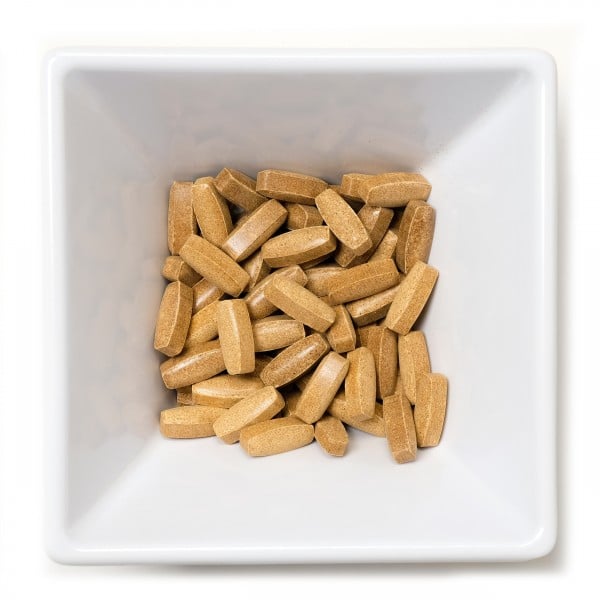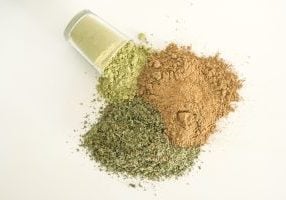Did you know that you can get honey prepackaged in small sticks for a nutritious snack or a tasty sweetener for your favorite drink?
Honey sticks are a very popular treat at summer fairs and farmer’s markets, but not everyone is familiar with their sweet, simple goodness. There is much to learn about honey itself, as it comes in many colors, flavors, and serving styles.
What do you know about honey?
Take some time with us today to learn more about honey as we introduce its origins alongside our new product: Kraken Kratom Honey Sticks.
What is Honey?
Honey comes in many shaped bottles, flavors, and colors, but what is this sticky substance?
Honey is a sweet, viscous food made by honey bee colonies. Bees produce honey to create a long-term food storage source for the hive, and the process is fascinating. We all know that honey comes from bees, but thinking about how they manage this fantastic feat leads to some remarkable findings.
How is Honey Made?
The process is relatively simple when you break it down into steps, but each step contains a huge amount of work and processing by the bees:
- Bees harvest nectar from flowers using their tongue and store this liquid in a special stomach called a crop.
- The nectar mixes with enzymes in the bee’s crop, which begins to change the chemical makeup of the liquid.
- Bees pass off the liquid by regurgitating it to another bee, and this process continues down a chain of bees until it is ready to be deposited into the hive’s honeycomb.
- The bees then flap their wings. This, along with the design of the honeycomb, cause the digested nectar to dehydrate, leading to honey’s well-known thickness.
- Honey bees seal off the comb with a secretion that keeps it safely stored until the hive needs it.
Honey can then be extracted from the honeycomb and strained by beekeepers to create the final product that you’re accustomed to seeing.
The work honey bees do to create honey is incredible but also intensive. Most worker bees will create less than 1/8th a teaspoon of honey during their lifetime. This isn’t surprising when you think about a bee’s small size. But it might be surprising to learn that more than two million flowers need to be visited by bees to create just one pound of honey!
Different Flavors, Different Colors: What’s the Deal?
Now that you know more about how and why honey is made, you might also have questions about how bees manage to create different flavors and colors of honey through an already intensive process.
The reasoning behind the varieties of honey available to us consumers is actually relatively simple. It’s all in what type of pollen and nectar the bees collect! Each hive is going to have access to only the plants within its range. This means that one hive may harvest clover blossoms while another visits a variety of wildflowers when foraging.
The most common type of honey seen in the US is clover honey. Most of us have tried this type of honey before. It has a light amber color and a mild flavor that goes well with bread, tea, and many other snacks. Alfalfa honey is also very popular in North America and also has a mild flavor and aroma.
The colors and flavors of honey generally range from very light and mild to very dark and robust, but there are some exceptions, such as basswood honey which is light in color but full in flavor.
Unique Honey Sources
Curious about other specific varieties of honey that you might encounter? These are some of the most common types of honey created by bees. Honey bees make honey in nearly every part of the world, so there are dozens of varieties to discover.
Avocado Honey
This unique honey comes from bees living near avocado blossoms. The nectar gathered by bees in this region leads to darker amber honey with an almost buttery taste.
Blueberry Honey
Despite its light amber color, blueberry honey has a surprisingly full flavor. This honey is common in New England, where the tiny white flowers of blueberries grow abundantly.
Buckwheat Honey
This dark amber honey is known for its incredibly high amount of antioxidants. Beekeepers in Ohio, Pennsylvania, and New York working with this type of honey say that darker honey tends to have better health profiles.
Orange Blossom Honey
Orange blossom honey doesn’t come just from orange blossoms but rather from hives with access to a variety of flowering citrus trees. This type of honey has a very light, almost citrusy flavor and can be produced in Florida, California, and Texas in the United States.
Honey Sticks from Kraken Kratom
We think you might be interested in hearing about one more type of honey, and that’s the honey we have recently started stocking here at Kraken Kratom!
Our kratom honey sticks are a unique new product that combines the deliciousness of high-quality honey with the purest kratom tea extract. Every stick contains 25 mg of mitragynine, and a whole pack has 125 mg in total among the five sticks.
As always, our products are lab tested to ensure there is no contamination. We only used the highest-quality kratom when creating our products, and we’re excited to see what you think about this one.
Kratom honey sticks from Kraken Kratom are simple to use, and you can take them on-the-go with no preparation needed. Enjoying the honey sticks as-is or adding them to your favorite tea makes your day easier than ever before. You could even mix this sweetener into coffee, juice, or any other liquid that you want to sweeten.
Do you have any questions about this product or any of our other unique kratom options? Feel free to contact us at any time to learn more; we’re happy to help.











